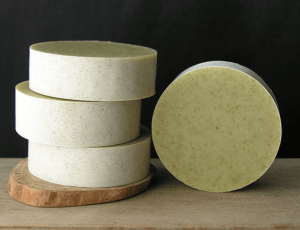Individual efforts in reducing plastic waste are essential in trying to reduce pollution, slow climate change, and protect the environment. If each one of us starts making small changes in our lifestyle, we will all see a huge change in the amount of trash that we produce. It can be a little discouraging when we can’t see how our actions are impacting the environment, however, we need to remind ourselves that our actions are indeed changing the world for the better.
Before this class, I already started making small strides to reduce my plastic use and consumption. I use a reusable water bottle, avoid using plastic straws, and bring reusable bags to the grocery store. These small changes are important, however, there are many things that would be very difficult to replace with more eco-friendly alternatives. For example, I can’t replace my retainer, credit cards, shoes, and bedding. When reading Beth Terry’s ideas on how to decrease plastic use, I realized that going to the farmer’s market would be a great option for me to try out a new way to reduce plastic. After finishing my container of strawberries last Saturday I decided to go to the farmers market to purchase my fruit. At the market, I picked up strawberries, and instead of them coming in a plastic container, they came in a completely compostable one! Luckily, I take part in the composting program in my dorm so once I am finished with the container I can throw it away in the compost bin. Taking actions like the strawberry container, though small, can feel very rewarding.
As I continued to develop my list of things to change in my lifestyle and shampoo and conditioner came to mind. I go through about a bottle of each every month due to my long thick hair so replacing the plastic bottles with an eco-friendly alternative would be a huge change for me. I did some research and found a company called Davines which has a shampoo bar catered towards people with thicker hair. This company also uses clean ingredients and is a huge climate activist and does its best to offset carbon emissions which is an added bonus. This product would be perfect to reduce waste and keep my hair healthy. Shampoo and conditioner bars have been increasing in popularity so I hope this product starts to catch on and more people start using them. The only drawback with the Davines shampoo is the price of the bar. Sadly, one bar is $35 which is a huge change from my $10 shampoo. Unfortunately, I was not able to make this switch from my current products to Davines due to time and money constraints. I will definitely continue to do research and try my best to adapt to a cheap, plastic-free lifestyle.

I do think we all should be searching for eco-friendly alternatives however it ultimately comes down to being a conscious consumer. It’s very important that we eliminate the careless, throw-away, single-use mindset. Then, with the combination of getting rid of single plastics with more eco-friendly alternatives, we will start to see a lot of change!

